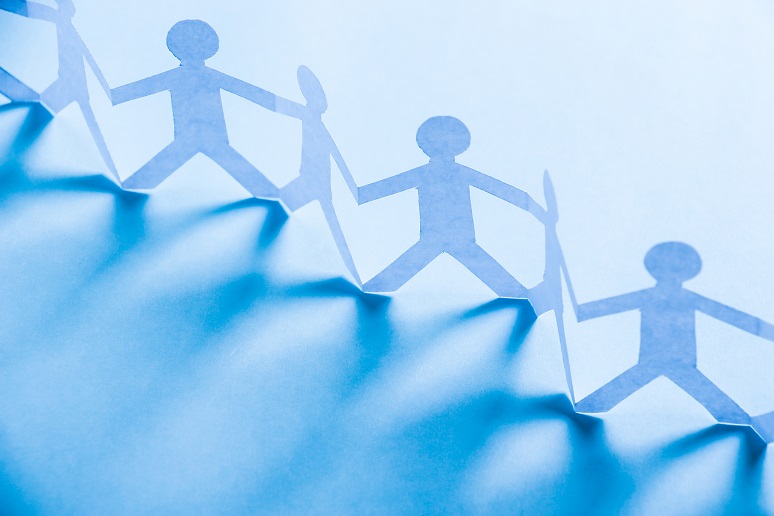As always here at WorkSpace Connect, even during these odd days of remote work, the importance of the connected, collaborative workplace and the overarching, multidisciplinary strategy that requires is top of mind. In many cases, the linchpin for success is a collaborative culture and the trusted employee relationships that’s intrinsic to it.
That makes the collaborative culture a great starting point in any company’s effort to begin the difficult process of bringing confidence back to the workplace, even as COVID-19 continues swirling among us. You can throw all the technology and policy at the issue as you like, but without employee trust, those efforts will be for naught.
This idea came to the fore during a recent conversation I had with Anthony DeLima, CTO and U.S. practice lead for Neoris, a digital accelerator that developed
Health Check, a software platform for helping clients assess and manage COVID-19 risks to their employees and operations. The Health Check app in large part is built on a trust model, with employees self-reporting a health assessment based on CDC guidelines. That health data, in turn, gets aggregated, analyzed, and shared for use in guiding organizational decision making.
“We’re dealing with a pandemic that has no boundaries, so we have to touch all stakeholders,” but not every stakeholder sees the same data, said DeLima, in speaking to the multifaceted role-based use cases for Health Check. For example, managers receive generic information about team health that facilitates decision making without compromising individual privacy, he said.
Specifically, Neoris focused on three pillars in developing Health Check, DeLima said: Real-time communications, not only to support corporate messaging to employees, but also to allow employees a place for sharing their experiences and knowledge; real-time facilities assessment and reporting tools; and contact tracing. Neoris reports that organizations using its Health Check platform, available since March 2020, have helped more than 100,000 employees return to their workplaces, whether those be manufacturing plants or corporate offices.
Based on the early uses of Health Check, one of Neoris’s preliminary takeaways is that the greatest level of success came from having trusted relationships among employees and between employees and corporate management, DeLima said. The most successful companies have created campaigns aimed at getting employees to understand that corporate health is a shared responsibility, and that each person is accountable and responsible for the health of every other person, he added.
Relative to Health Check clients, that means assuring employees that the app isn’t an intrusion into their privacy but rather an effort to make sure that everybody is in it together to protect each other’s health and to ensure the long-term sustainability of the company, DeLima said.
“That’s a big deal,” he emphasized. “Before we deal with any apps and technology and all that stuff, creating that level of trust and a common understanding that says, ‘OK, you know what, I have to do this because it’s my responsibility toward my coworkers.’ Companies that do that have a greater adoption rate.”
The open communications piece of the platform goes a long way toward achieving the required trust-building and mindset, DeLima noted. Again, it comes down to the vital nature of a collaborative culture: Employees that understand the value of being collaborative turn to Health Check as a safe place to share their lessons learned dealing with COVID-19 and personal experiences of the pandemic.




